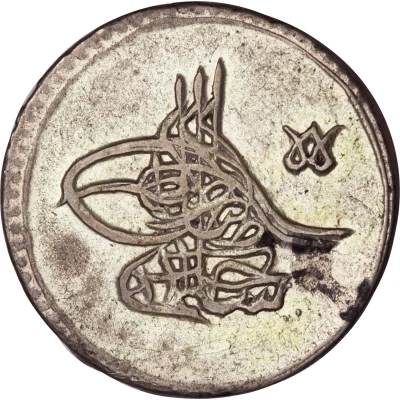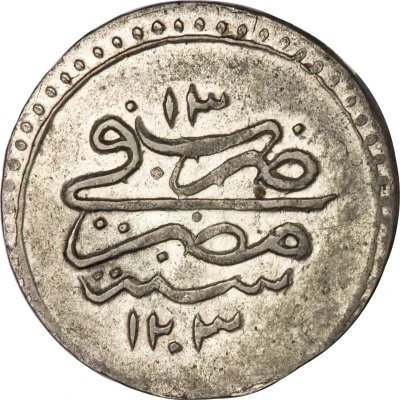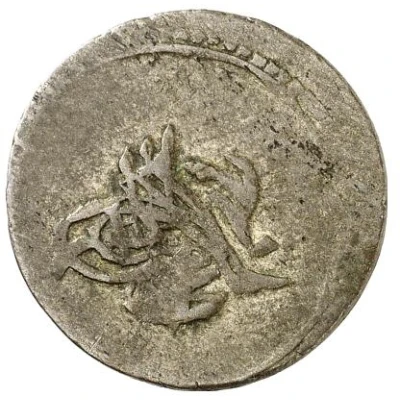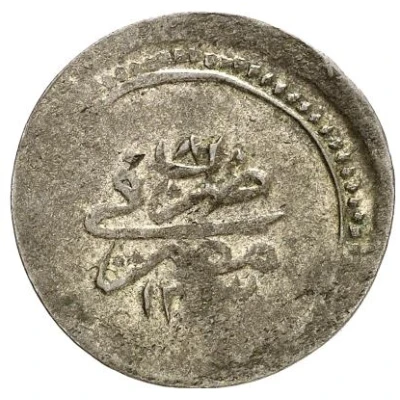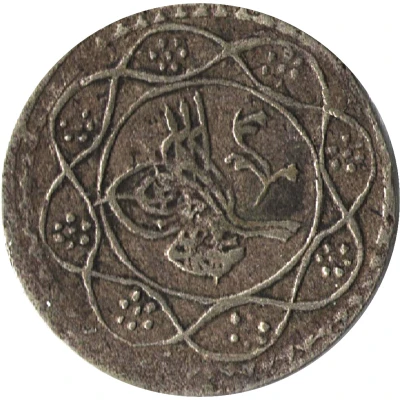
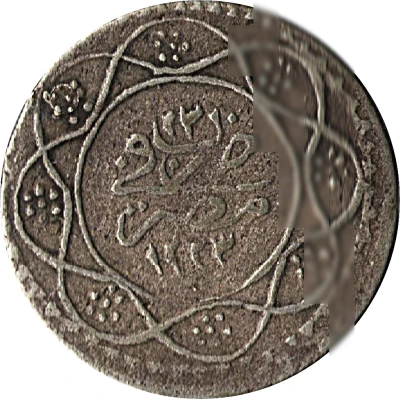

© D.Mikeladze
20 Para - Mahmud II
1223 (1808) year| Billon | 1.4 g | 22 mm |
| Issuer | Eyalet of Egypt (Egypt) |
|---|---|
| Sultan | Mahmud II (1808-1839) |
| Type | Standard circulation coin |
| Year | 1223 (1808) |
| Calendar | Islamic (Hijri) |
| Value | 20 Para (0.5) |
| Currency | Piastre (1688-1834) |
| Composition | Billon |
| Weight | 1.4 g |
| Diameter | 22 mm |
| Shape | Round |
| Technique | Milled |
| Orientation | Medal alignment ↑↑ |
| Demonetized | 1834 |
| Updated | 2024-10-04 |
| Numista | N#112181 |
|---|---|
| Rarity index | 83% |
Reverse
Arabic lettering in the center, surrounded by elliptic ornament
Script: Arabic
Lettering:
٢٣
ضرب
في
مصر
١٢٢٣
Translation:
23
Struck
in
Egypt
1223
Comment
Note: Weight varies: 1.38-1.62 gInteresting fact
One interesting fact about the 20 Para coin from Eyalet of Egypt, minted in 1223 (1808) during the reign of Mahmud II, is that it was made of Billon, a metal alloy composed of copper, silver, and sometimes other metals. Billon was commonly used in the production of coins during this time period, as it was a more affordable alternative to pure silver or gold. Despite being made of a less valuable material, the coin still holds significant historical and cultural value, offering a glimpse into the economic and monetary systems of the time.
